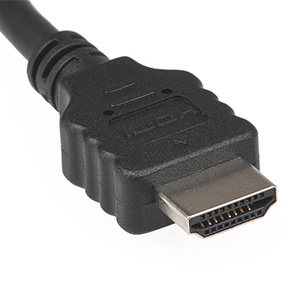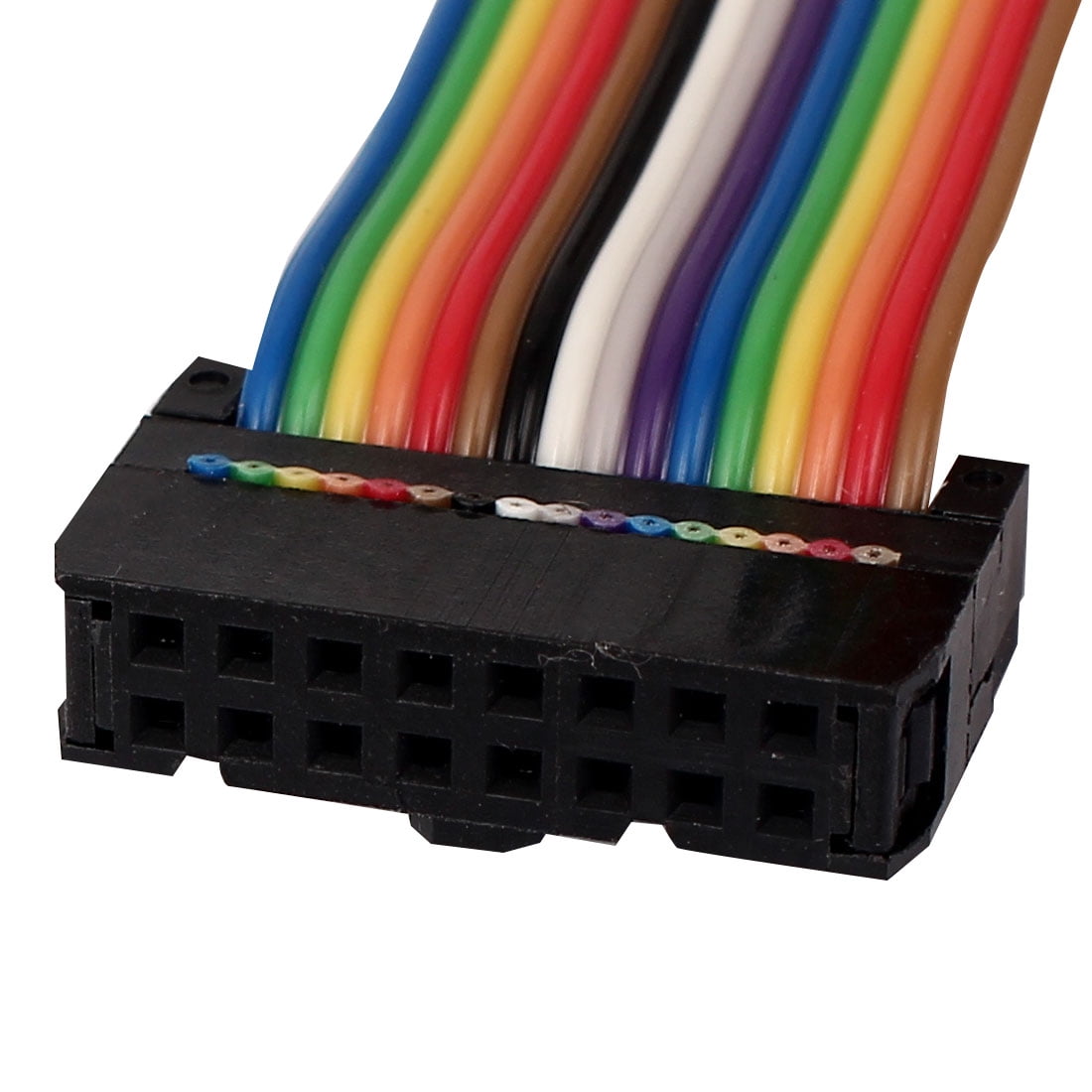

We can make special orders of U.FL cables with 1.32mm coax, 1.37mm, RG174 or RG178 or 1.13mm cable, for better flexibility. You can use a hot glue gun to secure the jack onto the PCB, in which case, of course, the thicker cable will not be a problem: This is the best way.

Since the LMR-100 equivalent coax has lower signal loss: If this cable works for you without the U.FL connectors popping off the jacks, then this thicker coax is the better solution. Cable is equivalent to LMR-100 in thickness. This cable has much lower signal loss (attenuation) per meter than 1.13mm, which translates into better performance. It's 2.65X thicker than 1.13mm but it is very flexible/easily bendable coax. RG174 is about 3mm diameter (vs 4mm for 100-series) and is not double shielded. RG174: This is a low-loss coax option for U.FL (which is too large for MHF4 or W.FL). 1.37mm mini: If you want us to provide your U.FL cables with 1.32mm coax, please contact us for a special order. The first and second shield layers in 1.32mm coax cable may also be made from silver covered copper braid. The double braiding in 1.32mm cable reduces signal loss (attenuation), and thereby provides greater performance. The key difference between 1.13mm cable and 1.32mm is that the tin plated, copper wire braided, outer conductor is a single shield of braiding in 1.13mm coax and is double-braided in 1.32mm coax. 1.32mm mini-coaxial cable (50 Ohm): This is very thin and flexible, is double-shielded for lower signal loss than 1.13mm, and has a black jacket. When connecting U.FL connector to a jack on a miniPCI card or board, sometimes the tight space requires the use of 1.13mm cable, because it is very thin and flexible: It is not always necessary to use 1.13mm cable, but on occasion it is necessary to use 1.13mm cable, to prevent the U.FL connector from popping off the U.FL jack. 1.13mm mini-coaxial cable (50 Ohm): This is a very thin and flexible cable, with a black jacket. We offer five options of thickness of cable for U.FL cables: All five have an impedance of 50 Ohm - compatible with all typical wireless applications: IOT (Internet of Things) wireless protocols: Bluetooth, ZigBee, LoRa, M2M, RFID, NB-IoT.Cellular Wireless LTE / 4G, LTEm, GSM / 3G WiMax, 5G.Our UFL cables' consistently low broadband VSWR range of frequency band compatibility (from 0GHz to 11 GHz)and 50 Ohms impedance matching, makes them suitable for all the following applications:
#Cable connector free
If you have any questions, feel free to give us a call or email us.See list of all of our articles about U.FL cables and connectors. We offer competitive prices, quick shipping, and quality product backed by our knowledgeable customer service team.
#Cable connector upgrade
When you upgrade your network, be sure to buy your coaxial cable connectors from us. Whatever your requirements are, we have the equipment for you. Got the right tool? Check out our Wire Crimping Tools. RG6 connectors can be used in coax cable for internet applications. RG6 connectors include BNC, F-type, and RCA styles to suit any RG6 coax cable application. We supply connectors that provide efficient and solid connections for CCTV and CATV networking.
#Cable connector tv
Common applications include radio frequency, cable TV connectors, and surveillance cameras. A BNC connector consists of two bayonet lugs on the female connector and is connected with a simple quarter-turn of the coupling nut.

They include BNC, RCA, and F-type connectors. We sell a variety of RG59 connectors for the RG59 coax cables. Your surveillance network is only as strong as its weakest link, so make sure your connectivity products are up to the task. This often means connectors with 75-ohm impedance, for maximum compatibility. Coax Cable Connectors for Your CCTV and CATV NetworkĬoaxial cable connectors used for security applications need to meet the standards of the CCTV cable being utilized.


 0 kommentar(er)
0 kommentar(er)
